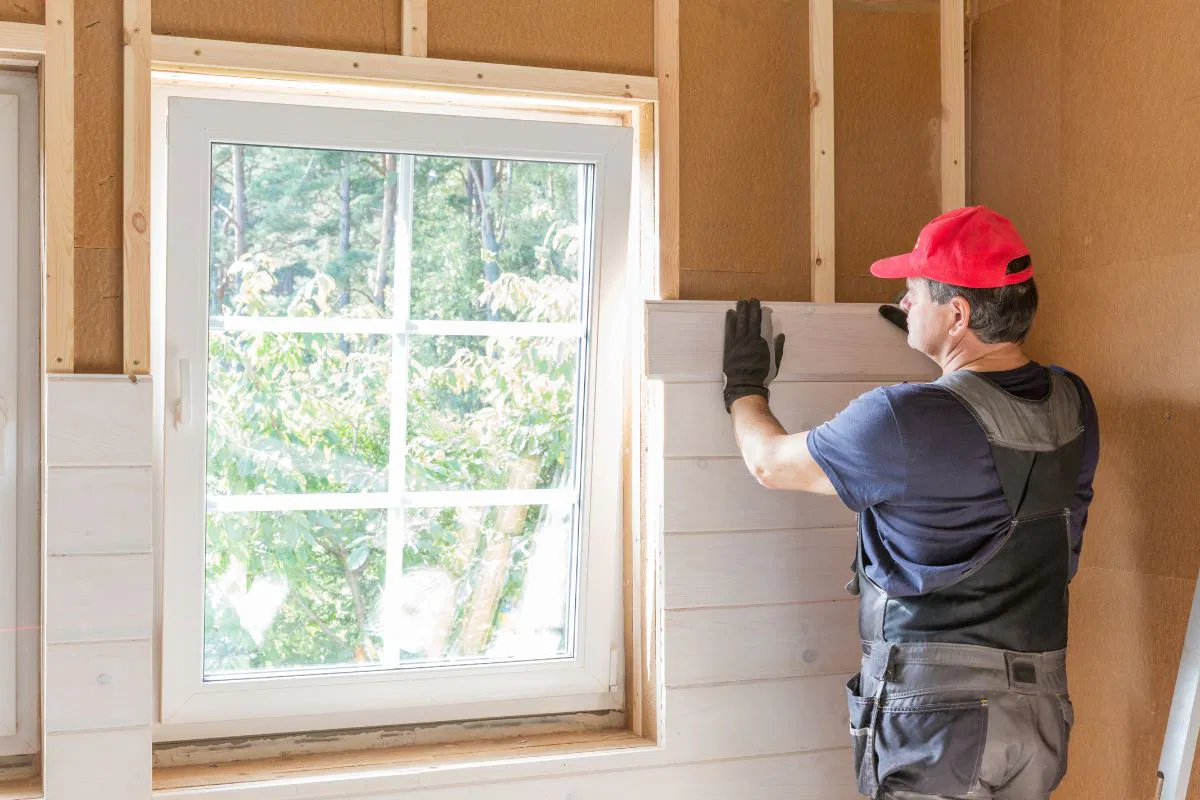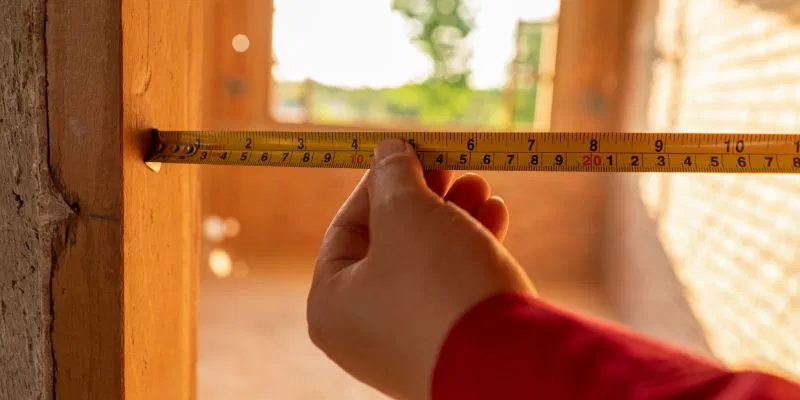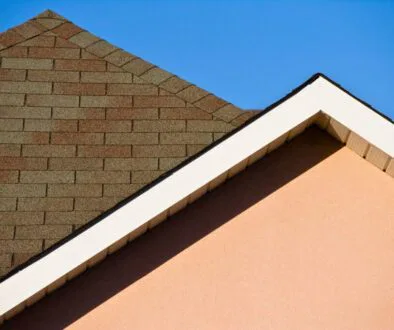Window Framing: A Comprehensive Beginner’s Guide

Published March 26, 2024
Framing windows is crucial when building or renovating a home and requires careful planning and execution. Proper window framing enhances a space’s aesthetic appeal and contributes to its functionality and energy efficiency.
In this beginner’s guide, we’ll explore the fundamentals of window framing, from understanding different types of window frames to installation and maintenance tips.
7 Different Types of Window Frames
1. Wooden Frames
Known for their classic and timeless appeal, wooden frames offer natural insulation but require regular maintenance.
2. Aluminum Frames
Lightweight and durable, aluminum frames are corrosion-resistant and often used in modern architectural designs.
3. Vinyl Frames
Low-maintenance and cost-effective, vinyl frames are highly energy-efficient and come in various styles and colors.
4. Fiberglass Frames
With excellent thermal performance and minimal expansion and contraction, fiberglass frames are ideal for extreme weather conditions.
5. Composite Frames
A blend of wood and vinyl, composite frames combine the benefits of both materials for enhanced durability and versatility.
6. Steel Frames
Steel frames are known for their strength and sleek appearance, offer exceptional security, and are suitable for contemporary designs.
7. Clad Wood Frames
These frames feature a durable exterior (aluminum or vinyl) with a wooden interior, providing the benefits of both materials.
4 Most Common Window Frame Materials
1. Pine
It is a popular choice for wooden frames due to its affordability and ease of customization.
2. Vinyl
Widely favored for its low maintenance and energy-efficient properties, vinyl frames are available in various colors and styles.
3. Aluminum
Known for its durability and slim profile, aluminum frames are suitable for large window openings and modern designs.
4. Fiberglass
Fiberglass frames are an excellent choice for harsh climates and offer a high strength-to-weight ratio and minimal expansion.
Planning and Measuring for Window Framing
Before initiating the window framing process, meticulous planning and accurate measurements are essential for a successful outcome. Ensure that the dimensions of the window opening align with the size of the chosen window frame, taking into account any necessary adjustments for insulation and sealing.
Also read: The Most Common Woods Used For Construction

9 Steps on How to Install Window Framing
Step 1: Gather Essential Tools
Ranging from a tape measure and level to a nail gun and screws, having the right tools is crucial for a seamless installation process.
Step 2: Prepare the Opening
Clear the window opening of any debris and ensure that the rough opening is square and level.
Step 3: Install the Sill Plate
Position the sill plate at the base of the opening, ensuring it is level and securely fastened.
Step 4: Assemble the Frame
Depending on the type of frame, follow the manufacturer’s instructions for assembling and aligning the frame within the opening.
Step 5: Secure the Frame
Use appropriate fasteners to secure the frame, ensuring it is plumb and level.
Step 6: Insulate and Seal
Apply insulation around the frame to prevent air leakage, then seal the joints with caulk for added protection.
Step 7: Add Trim and Casing
Enhance the frame’s aesthetics by adding trim and casing around the window opening.
Step 8: Check for Smooth Operation
Test the operability of the window to ensure it opens and closes smoothly.
Step 9: Apply Finishing Touches
Complete the installation by adding final touches, such as paint or stain, to the frame and surrounding area.
Common Mistakes
Ignoring Weather Conditions
Failing to consider local weather conditions can lead to issues with moisture infiltration and energy loss.
Improper Installation
Rushing through the installation process without following manufacturer guidelines can compromise the frame’s structural integrity.
Neglecting Maintenance
Overlooking regular maintenance tasks such as painting or sealing can result in premature frame deterioration.
Related: How To Build Your Own Window Pergola: Tips And Design Ideas
Maintenance and Care Tips for Window Frames
Regular Cleaning
Keep the frames clean by regularly removing dirt and debris, especially from tracks and moving parts.
Inspection for Damage
Periodically inspect the frames for signs of wear, moisture damage, or air leaks, addressing any issues promptly.
Repainting or Refinishing
Maintain the appearance and integrity of wooden frames by repainting or refinishing them as needed.
Sealing and Insulation
Check and replace caulking and weather-stripping to ensure proper sealing and insulation.
Wrapping It Up
Understanding the art of window framing is a valuable skill for any homeowner or DIY enthusiast. The correct framing can enhance a space’s aesthetics while also providing structural support and energy efficiency.
By taking the time to learn the basics and seeking guidance from experienced professionals, newcomers to the world of window framing can embark on their projects with confidence and creativity.
Hire The Timber Experts For Your Next Project
Vintage & Specialty Wood should be your source of the highest quality timbers from around the world. When it comes to fabricating and installing reclaimed wood or specialty wood products in your home, we don’t cut corners. We offer many reclaimed wood and specialty wood products such as Douglas Fir, white oak, and much more. We also offer timber framing and wood flooring services as well. Contact our team today to speak to a timber expert about what Vintage & Specialty Wood can do for you.

This Blog Is Fact Checked
This content has undergone meticulous fact-checking by our team of internal experts. Gain a deeper understanding of the high editorial standards we uphold on our website here.

About The Author
Experience, exploration, and knowledge are the hallmarks of writer Rei Bayucca. Her dedication to crafting articles that both inspire and educate will leave you thinking long after you’ve finished reading.




